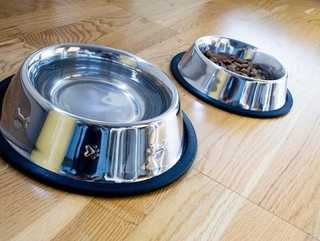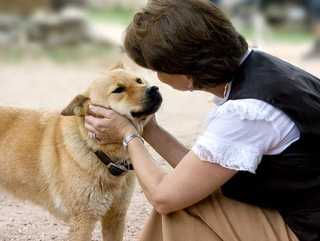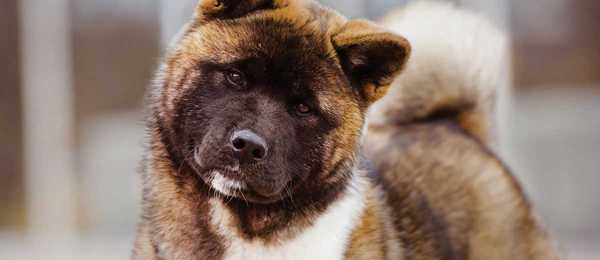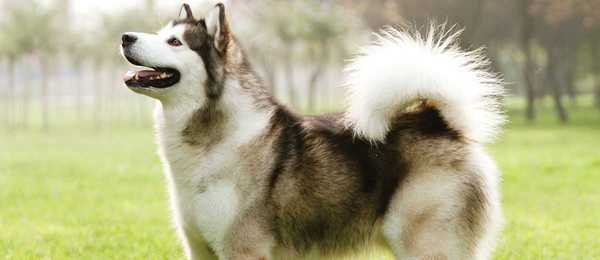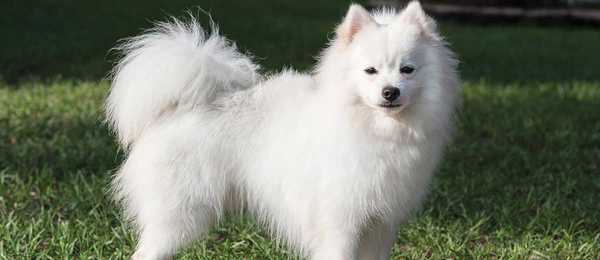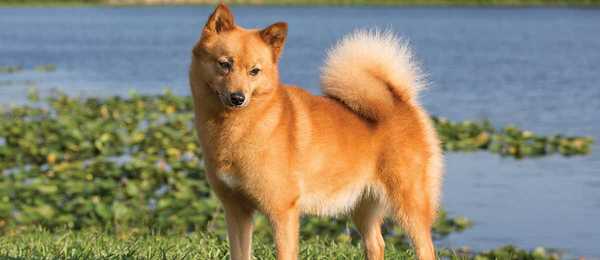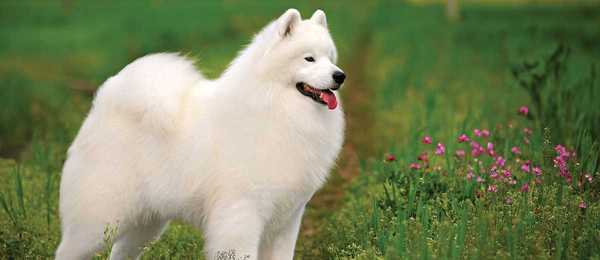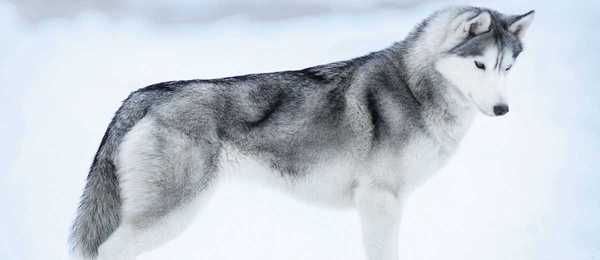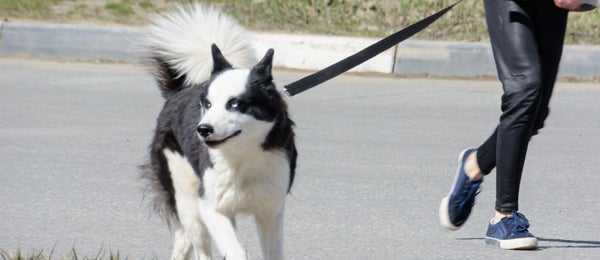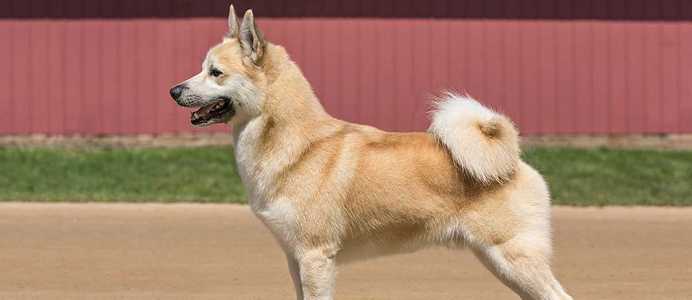
Traits and Characteristics
type
weight
height
family
The Buhund is a typical northern breed of the spitz type, with erect ears, full and curled tail, and double coat—all of which protect the dog against the cold. The breed has a square build, with moderate substance and bone, and is slightly less than medium sized. They are quick and sure-footed; their herding style is that of a loose-eyed upright breed, with a natural tendency to circle and gather. The gait is free and effortless, and temperament alert, self-confident, and lively. The outer coat is thick and hard but rather smooth. The undercoat is soft and dense.
Ready to see what dogs fit you best? Take our short quiz to find out!
Energy Level
Exercise Requirements
Playfulness
Affection Level
Friendliness to Dogs
Friendliness to Other Pets
Friendliness to Strangers
Watchfulness
Ease of Training
Grooming Requirements
Heat Sensitivity
Vocality
Disclaimer: While the characteristics mentioned here may frequently represent this breed, dogs are individuals whose personalities and appearances will vary. Please consult the adoption organization for details on a specific pet.
Temperament
Affectionate, cheerful, and full of energy, the Buhund is a great companion for active families. They are eager to please and are considered one of the easier to train spitz breeds, although they are still somewhat independent thinkers. This breed likes to keep busy and if not given plenty of work or play, they can devise games that may not be acceptable. They are excellent watchdogs but can be overly exuberant barkers.
Upkeep
Buhunds are active and playful. They need a good workout every day in the form of a long jog or energetic activities such as retrieving, agility, or especially, herding. Given sufficient exercise, they are calm indoors, although prone to bark. The coat is medium to short but double. It sheds freely (especially twice a year) but does not tangle. Brushing a few times a week, plus regular bathing, will keep shed hair down.
Health
- Major concerns: none
- Minor concerns: CHD
- Occasionally seen: cataract
- Suggested tests: hip, eye
- Life span: 12–14 years
History
Remains of spitz-type dogs have been found in Norway’s oldest archeological sites and in Viking grave sites from 900 a.d. The dogs traveled with the Vikings and were buried with them to continue their various duties in the afterlife. Today’s Buhund is the direct descendant of these dogs. The name Buhund roughly translates to farm (or homestead or mountain hut) dog. In many areas, every farm had one to herd and watch over sheep, cattle, pigs, reindeer, and various small livestock. Shepherds spent summers in mountain huts with their dogs to help control and watch the stock. The land was rocky, with steep slopes, and the dogs had to work on their own to gather stock, often finding and flushing them by barking. During shearing, they could walk over the sheeps’ backs to get from one side of a flock to the other. The Buhund remained an essential part of Norwegian farm life for centuries, until the importation of other breeds diminished their population in the early 1900s. The breed was first exhibited in agricultural shows in 1913. In the 1920s, Buhund shows were held with state-run sheep and goat shows, rekindling interest in the breed. The Norsk Buhund Club was founded in 1939. The Buhund came to England after World War II, and later, to America. The Norwegian Buhund Club of America was formed in 1983. The Buhund became a member of the AKC Herding Group in 2009.
